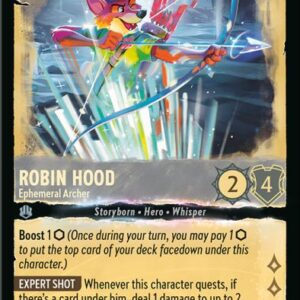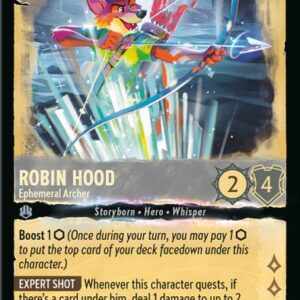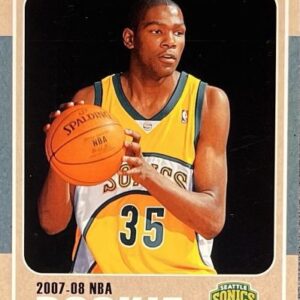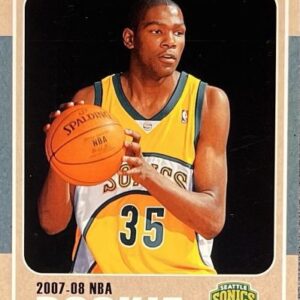In the enchanting world of Magic: The Gathering, where mystical creatures and epic battles converge on rectangular pieces of art and imagination, nothing dispels the sorcery faster than realizing the crown jewel of your collection is a counterfeit. For collectors and players alike, the allure of owning cards such as the coveted Black Lotus or a shimmering Mana Drain is matched only by the thrill of adding new treasures to an ever-evolving collection. Yet, lurking in the shadows are the counterfeiters, ever-improving in their craft, eager to profit from unsuspecting enthusiasts.
Fear not, for there are ways to separate the genuine artifacts from the fraudulent fakes. Let your senses be your guide as you embark on the quest to authenticate your troves. Begin with the texture, a telling tale in its own right. Authentic Magic cards have a distinctive matte feel, a tactile signature different from the slick, glossy wannabes. If a card feels more like a laminated restaurant menu than a precious booster-pack find, it’s time to dig deeper. A thorough side-by-side comparison with a land card from the same series often brings clarity.
Next, harness the power of light. This folkloric-sounding advice stands grounded in reality: genuine Magic cards contain a blue core nestled between layers of paper, a filter creating a slightly cool, muted glow when back-lit by a flashlight. In contrast, fakes tend to be too thick, blotting out all light, or too thin, rendering an overly bright or washed-out appearance.
Yeah, and bring out the big guns—a 30x magnification jeweler’s loupe. Don’t let its modest price fool you; this tiny tool packs a punch, offering a glimpse into the microscopic world where authenticity reveals itself or slips through forgotten details.
When you look closely at the card’s artistry and text box, the key lies in the rosette pattern—a symphony of tiny, round floral-like dots created during printing. Counterfeit cards often falter here, showcasing blurry dots, digital pixelation, or disjointed grids.
Beyond this, examine the solidity of the black ink used for names, mana symbols, and text, its bold and decisive presence telling you it was laid down separately. Counterfeits, however, commonly rely on composite black ink, made of multi-colored dots that appear fuzzy when magnified.
The tale of authenticity finds another chapter on the card back, with the mysterious and infamous green dot “L.” Inspect the green mana symbol and behold a hidden red dot pattern forming a small, upside-down “L” inside the yellow-green border. A missing, misaligned, or blurred dot might foretell forgery.
And for cards minted post-Magic 2015, modern safeguards come into play with the addition of holofoil stamps on rares and mythics. These stamps should be seamlessly flush with the card and contain intricate microtext—planeswalker symbols, mana icons, displaying their lineage. Fake holofoil stamps often betray themselves as grainy, raised, or hastily transplanted from a different abode.
Now, you might think tearing and bending a card could validate authenticity, revealing the coveted blue core or passing age-old tests. Beware! Modern counterfeiters are resourceful, often crafting impostors that withstand such brutality. Thus, it is advisable, in harmony with preserving your treasures, to employ non-destructive methods.
Every good story has a guide, and in this realm, accumulating evidence from multiple sources forms the foundation of wise collecting. Begin with the sensation, extend to light revelation, and inform your inspection with magnification. As you hone these skills, your collection, and the stories it tells, will remain intact, a testament to your diligence.
Ultimately, knowing the signs of authenticity makes you a savvier collector and helps uphold the integrity and honesty of the game for everyone. As you refine your knowledge and master these techniques, you’ll not only guard your collection but also contribute to preserving the spirited essence of Magic: The Gathering. May your gathering of magic remain enchanting and authentic!






